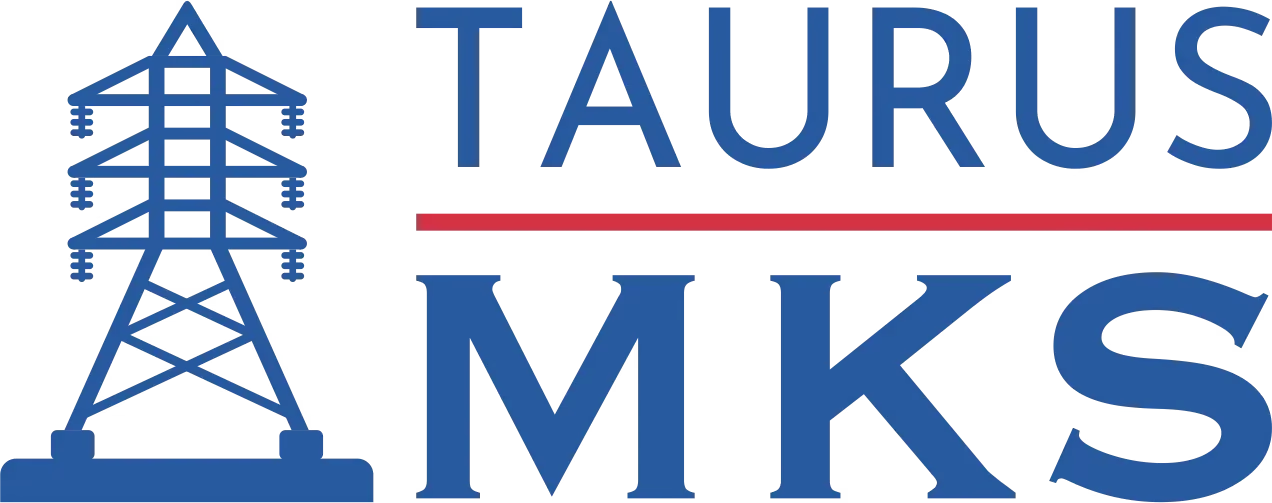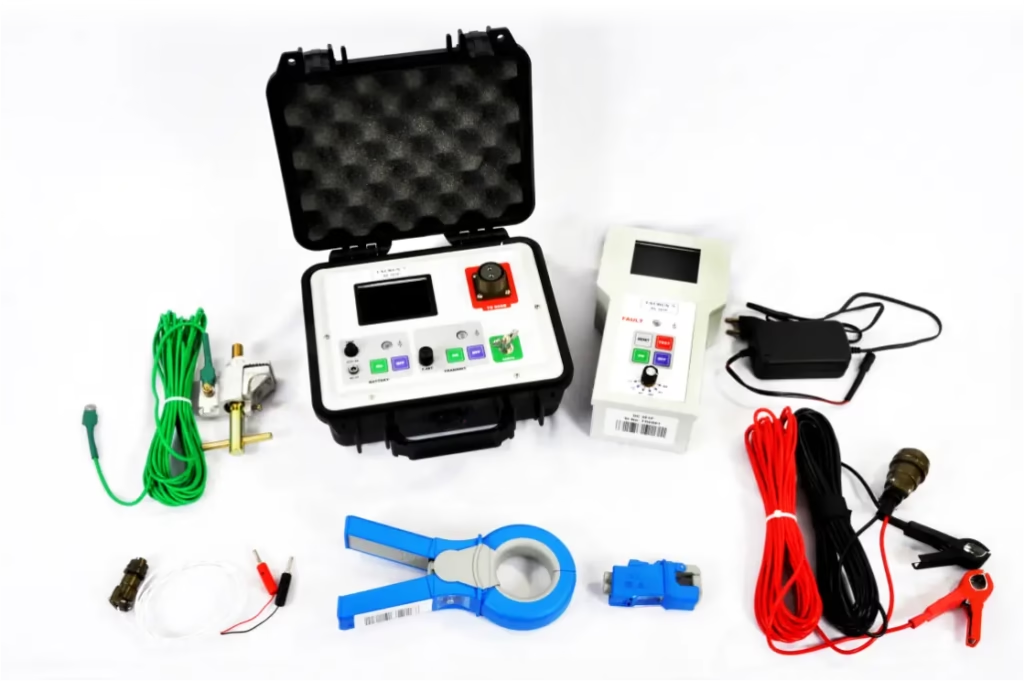DC Earth Fault Locator for Floating DC Systems
In any power station, the DC floating system is a critical part of the infrastructure, supporting the proper functioning of control units like trip relays and breakers. These control units are vital for maintaining the stability of the power station. However, when earth faults occur in the DC system, they can cause disruptions in these sensitive control units, potentially affecting the stability and safety of the power station.
One of the primary challenges in maintaining a stable power station is identifying earth faults in the DC system. If these faults are not detected and addressed quickly, they can cause interruptions in control circuitry, leading to potential system instability. Traditional offline fault detection methods can further delay the process, which is why it is crucial to have a solution that can perform fault detection online.
This is where the DC Earth Fault Locator becomes invaluable. Unlike offline solutions, an online fault locator continuously monitors the system, allowing for immediate identification of any earth faults without interrupting the system’s operations. This means faults can be detected and repaired quickly, minimizing downtime and ensuring the stability of essential control units.
Why Use a DC Earth Fault Locator?
Floating DC systems are vital to maintaining the stability of power stations. Earth faults in these systems can affect sensitive components like trip relays and breakers, compromising the reliability of operations. Tracing these faults in an offline state disrupts control circuits—making an online DC Earth fault locator an indispensable tool for power station maintenance teams
Portable DC Earth Fault Locator for Online Fault Detection in Floating Systems
A DC Earth fault locator is essential for accurately tracing ground faults in floating DC systems used in power stations. This advanced system allows for real-time, online detection of complex earth faults without interrupting the operation of critical control equipment. With the ability to detect faults up to 100kΩ resistance, it operates effectively even in noisy environments with misleading or mimicking fault signals.
The DC Earth fault locator is a portable solution composed of two units: a transmitter and a receiver, designed for ease of use in the field. Its high sensitivity and noise immunity enable precise fault detection even in challenging conditions.
Key Features of the DC Earth Fault Locator:
Detects and locates earth faults online
High sensitivity for accurate fault pinpointing
Automatic capacitance balancing
Immune to 50Hz interference and harmonics
Identifies mixed or overlapping fault sources
Long-lasting battery for continuous use
Rugged, IP67-rated casing for field durability
Compact, portable, and easy to operate
Compliant with EMC/EMI standards
For power stations seeking dependable fault detection and minimal disruption, a DC Earth fault locator is the go-to solution for efficient and uninterrupted maintenance.
Whether you’re maintaining power stations, solar farms, or battery banks, a DC Earth fault locator ensures faults are found quickly and accurately—before they lead to bigger issues. This tool is indispensable for engineers and technicians who demand reliability, precision, and performance in fault diagnosis under live conditions.
The Importance of an Online DC Earth Fault Locator
In many modern substations, a single earth fault can lead to cumulative failures if not detected promptly. Traditional offline methods require downtime and manual testing, which is both time-consuming and risky. A DC Earth fault locator that functions while the system is live enables maintenance personnel to identify faults without interrupting control operations—reducing downtime, enhancing safety, and increasing operational efficiency.
Whether you’re maintaining power stations, solar farms, or battery banks, a DC Earth fault locator ensures faults are found quickly and accurately—before they lead to bigger issues. This tool is indispensable for engineers and technicians who demand reliability, precision, and performance in fault diagnosis under live conditions.


